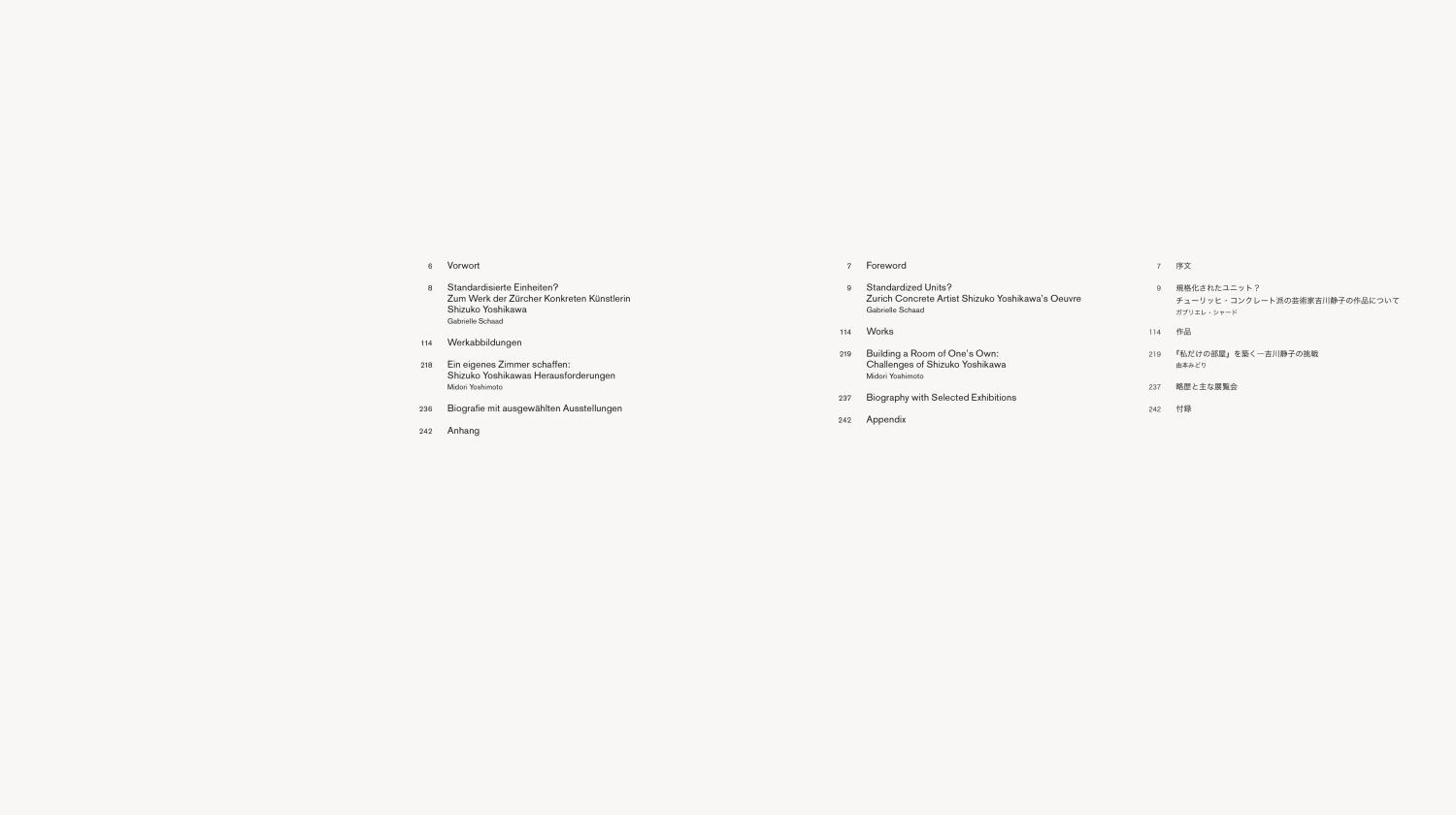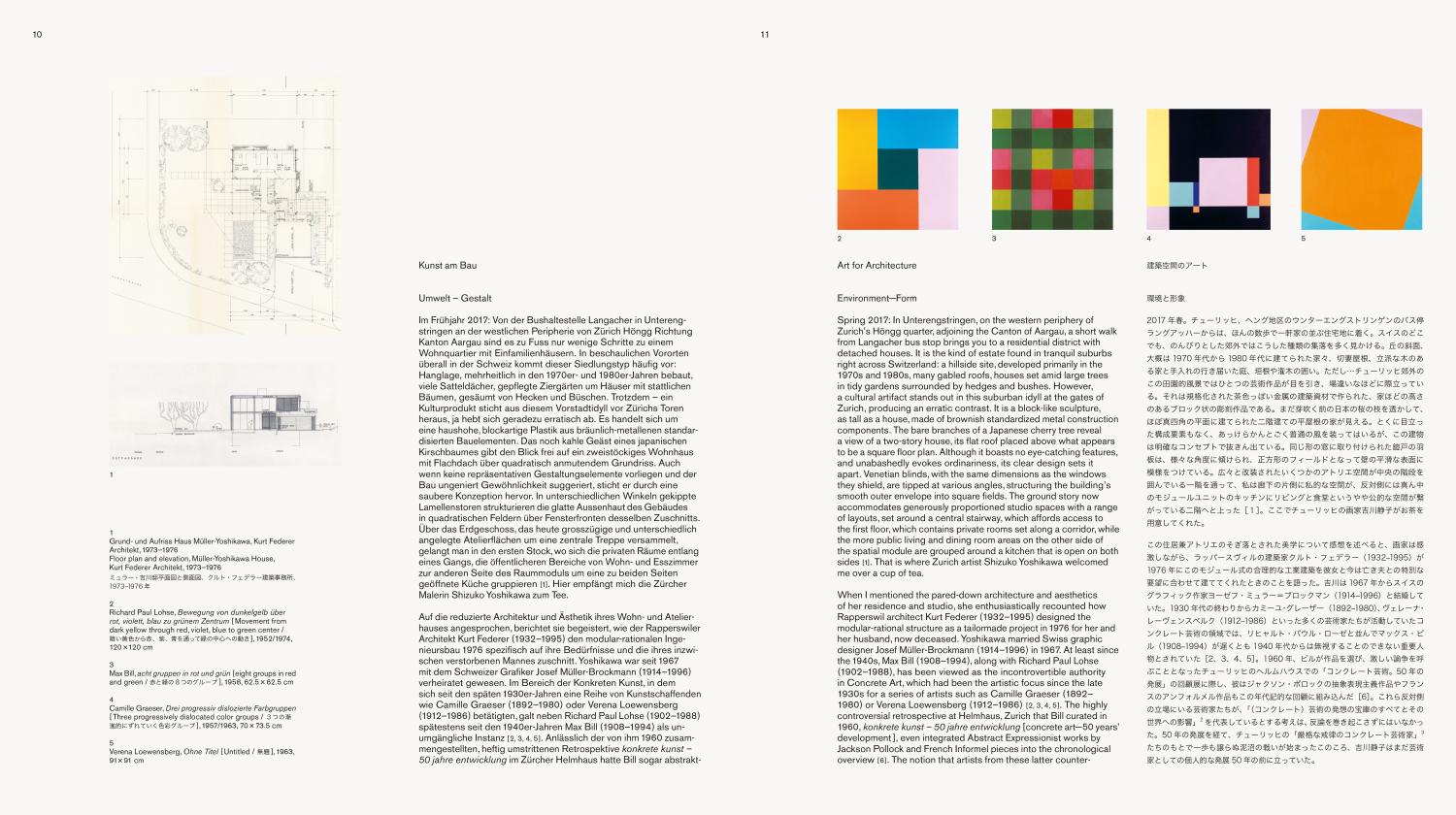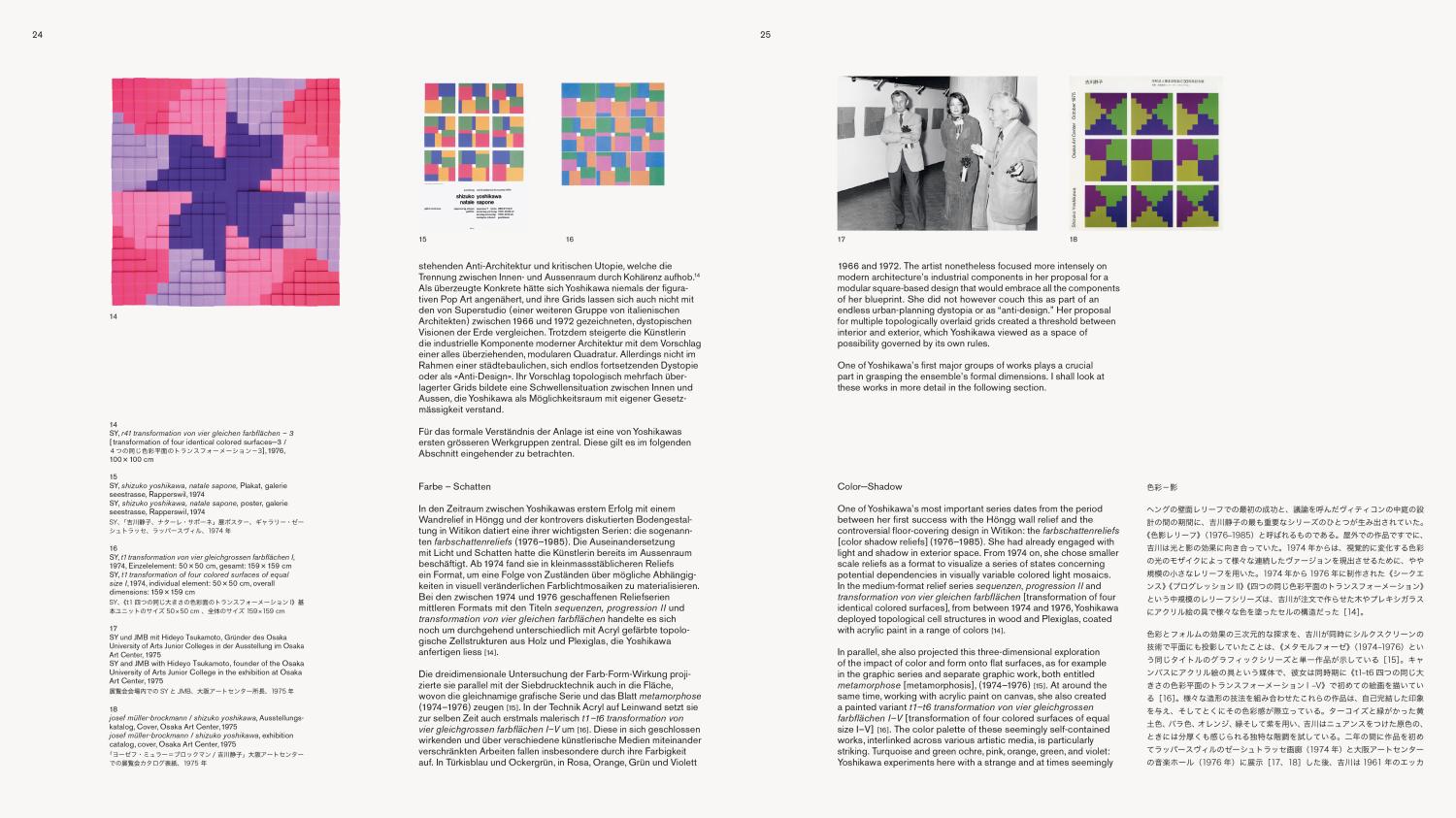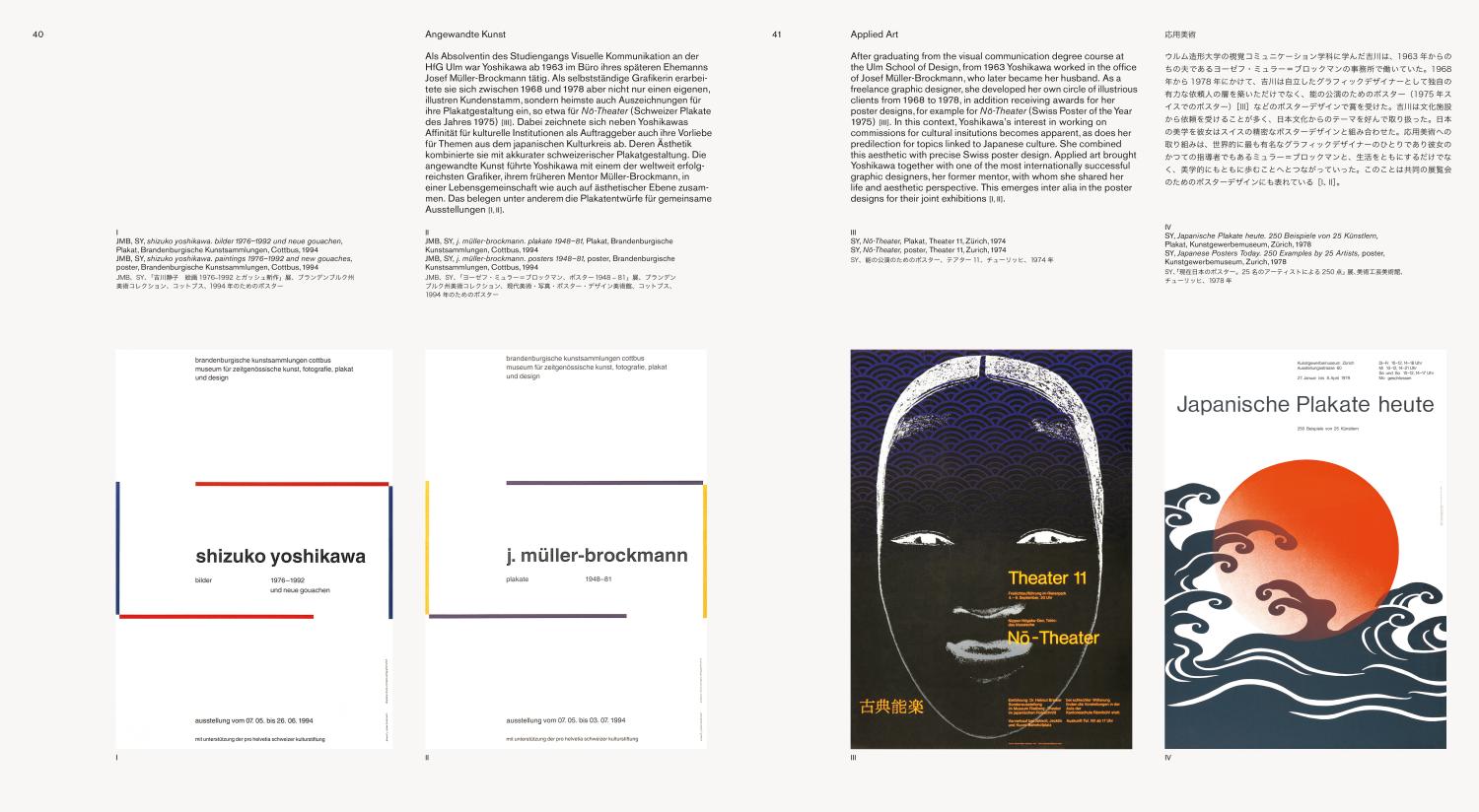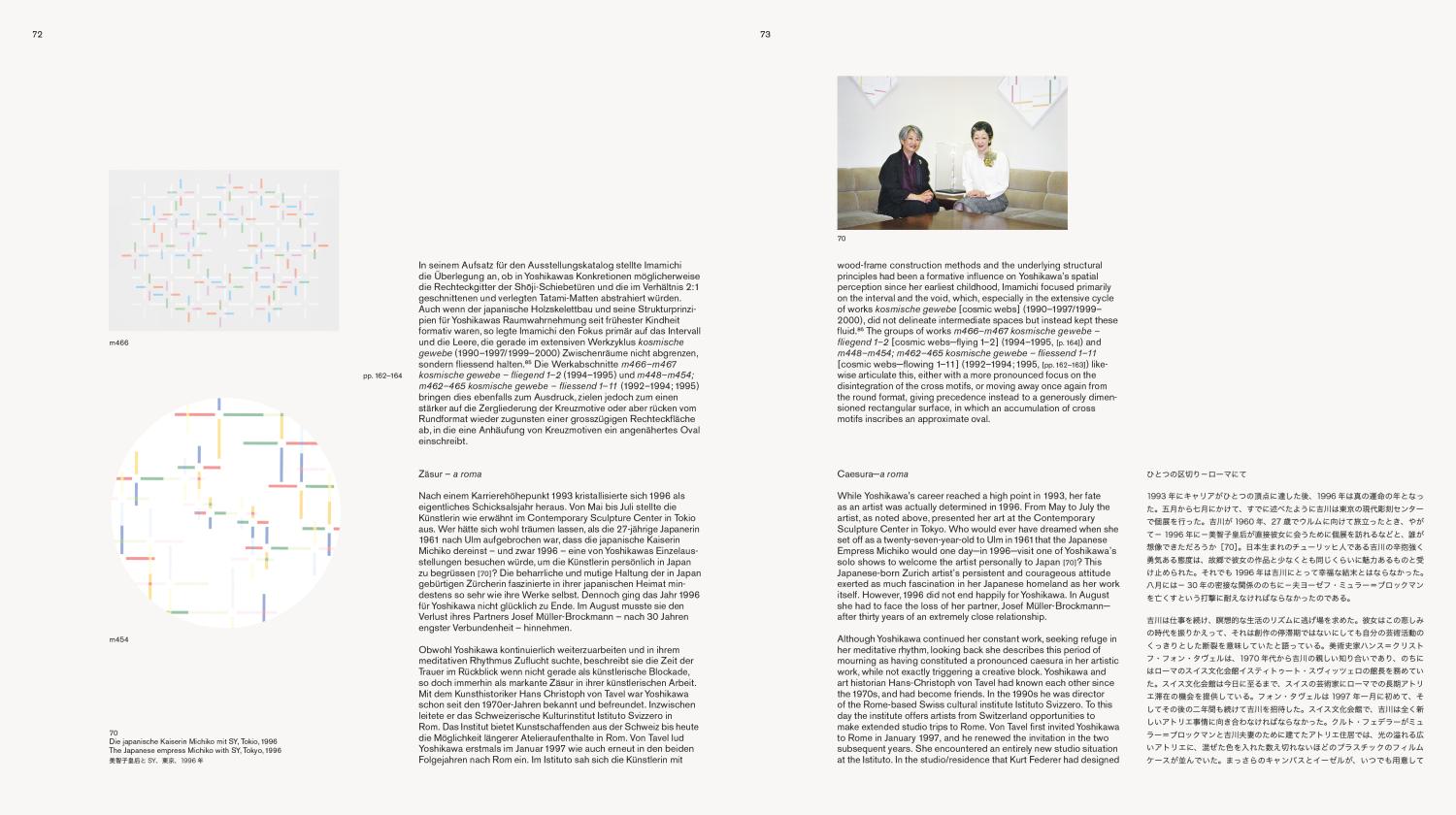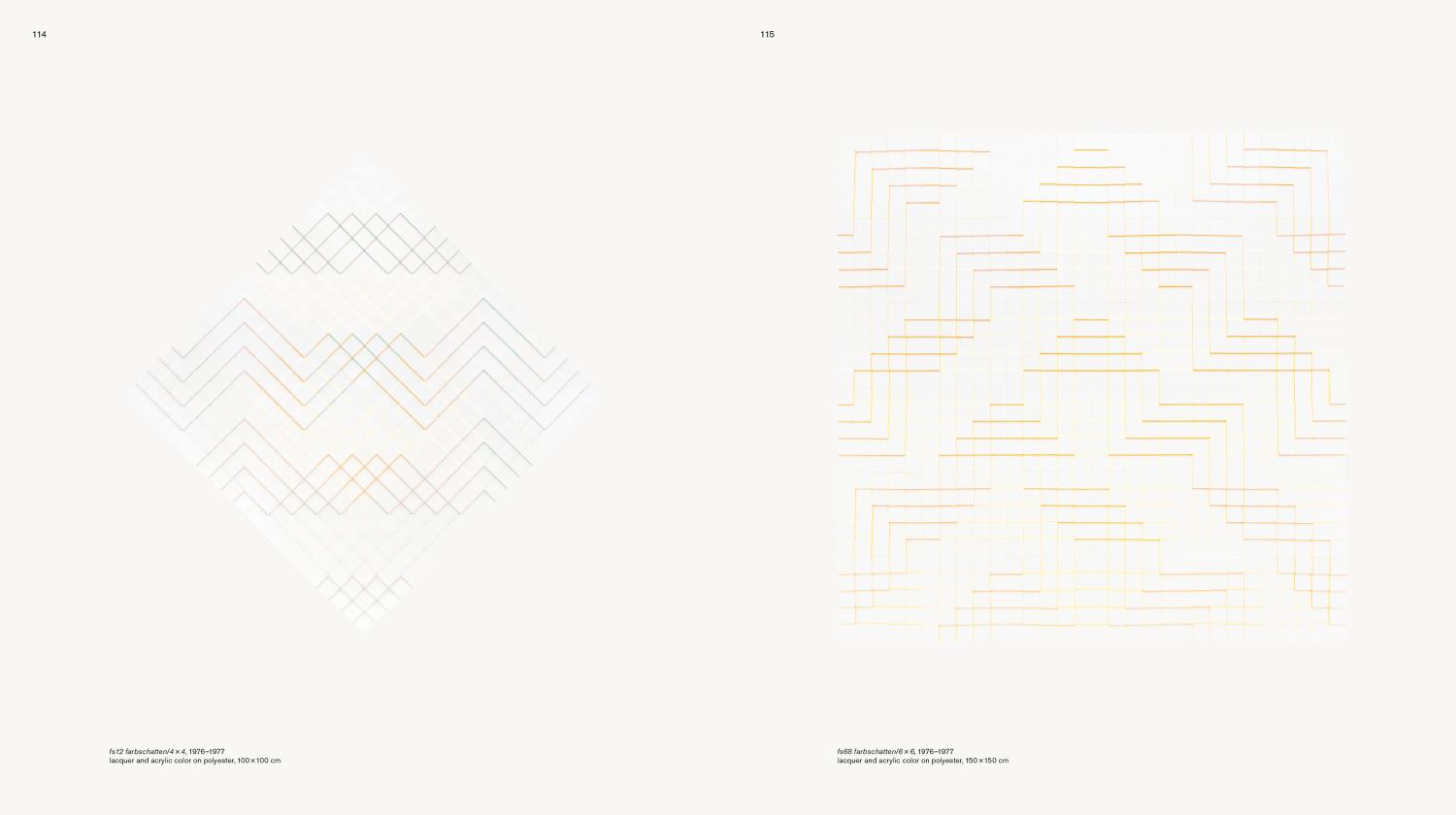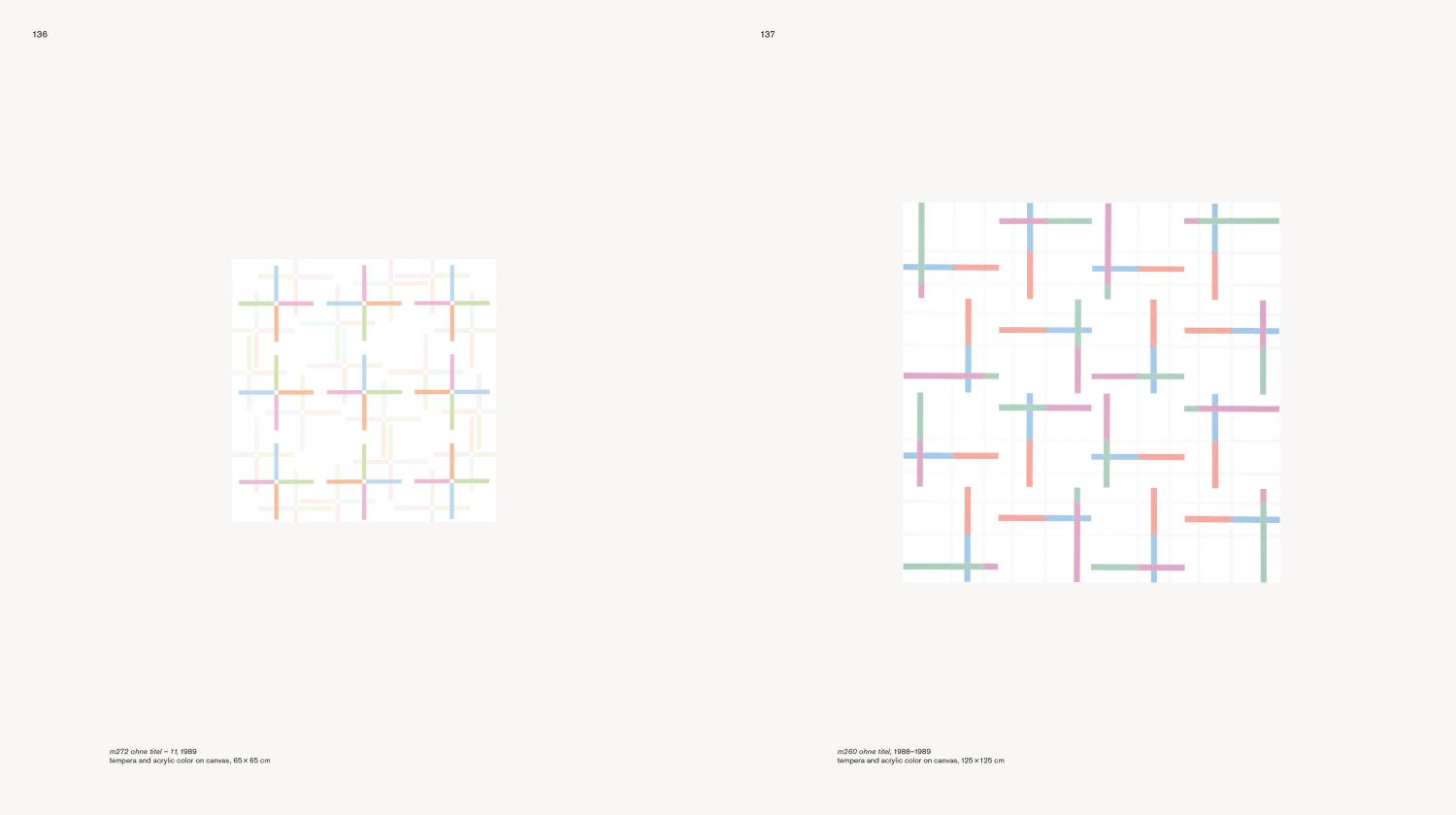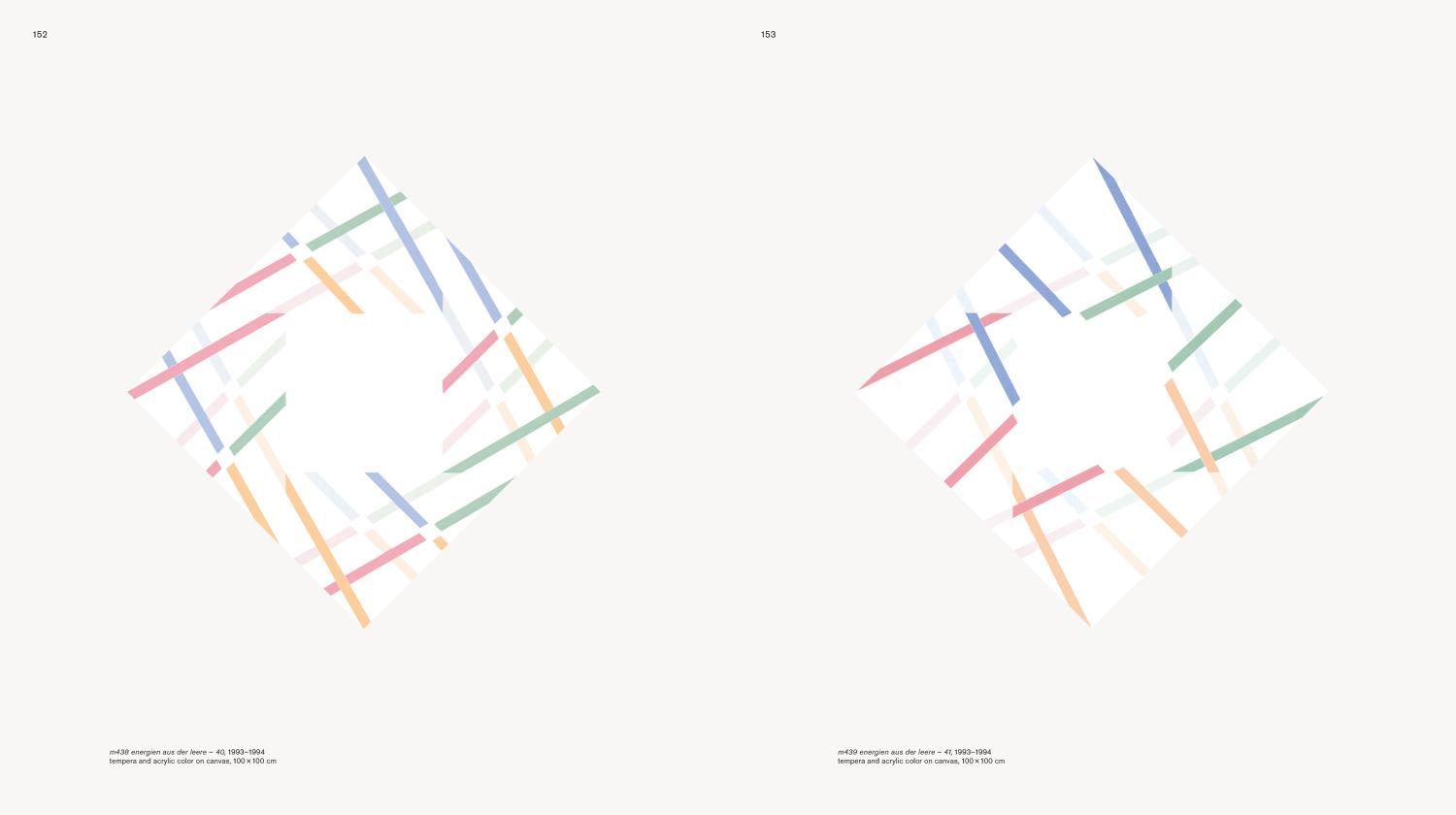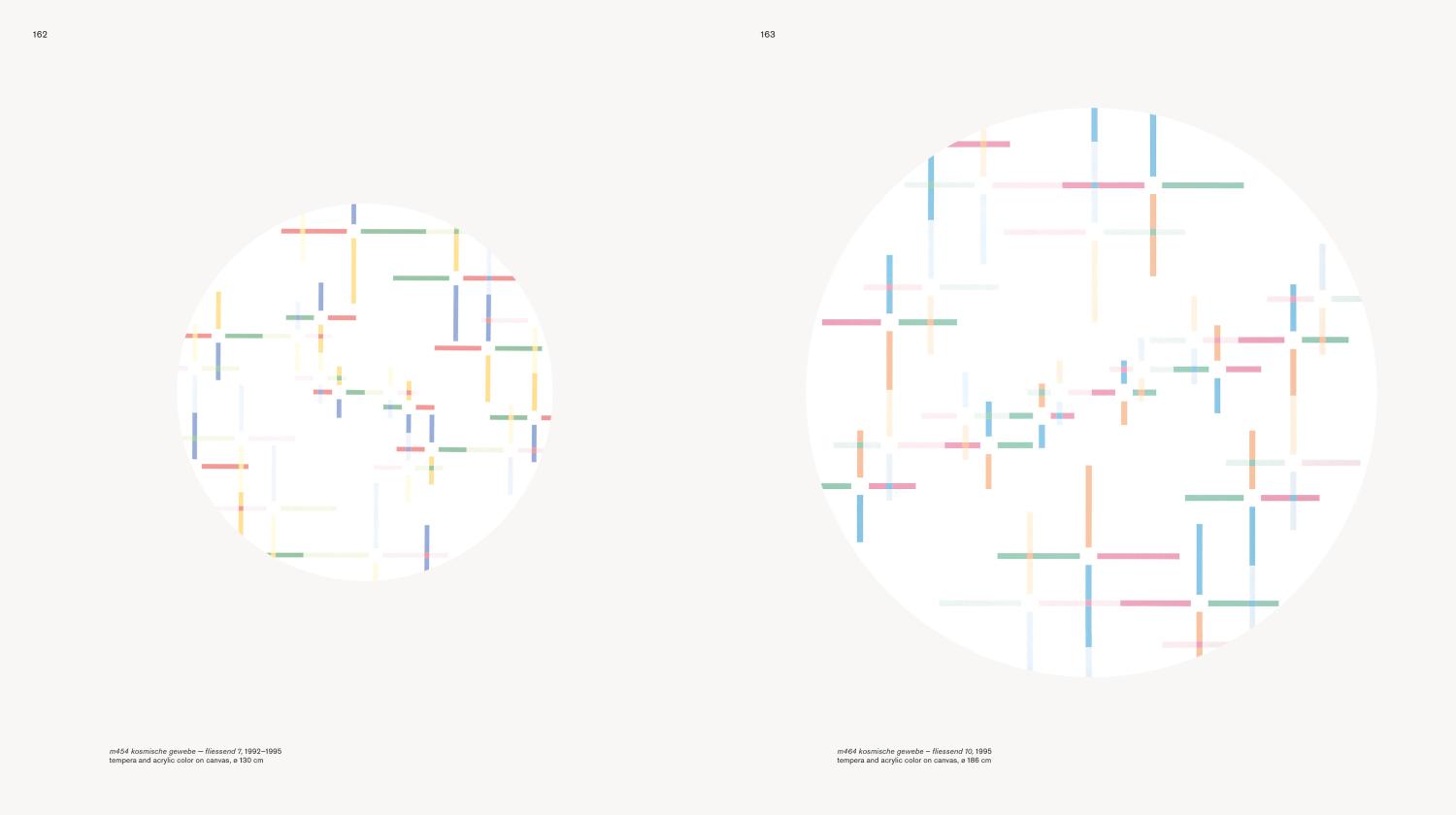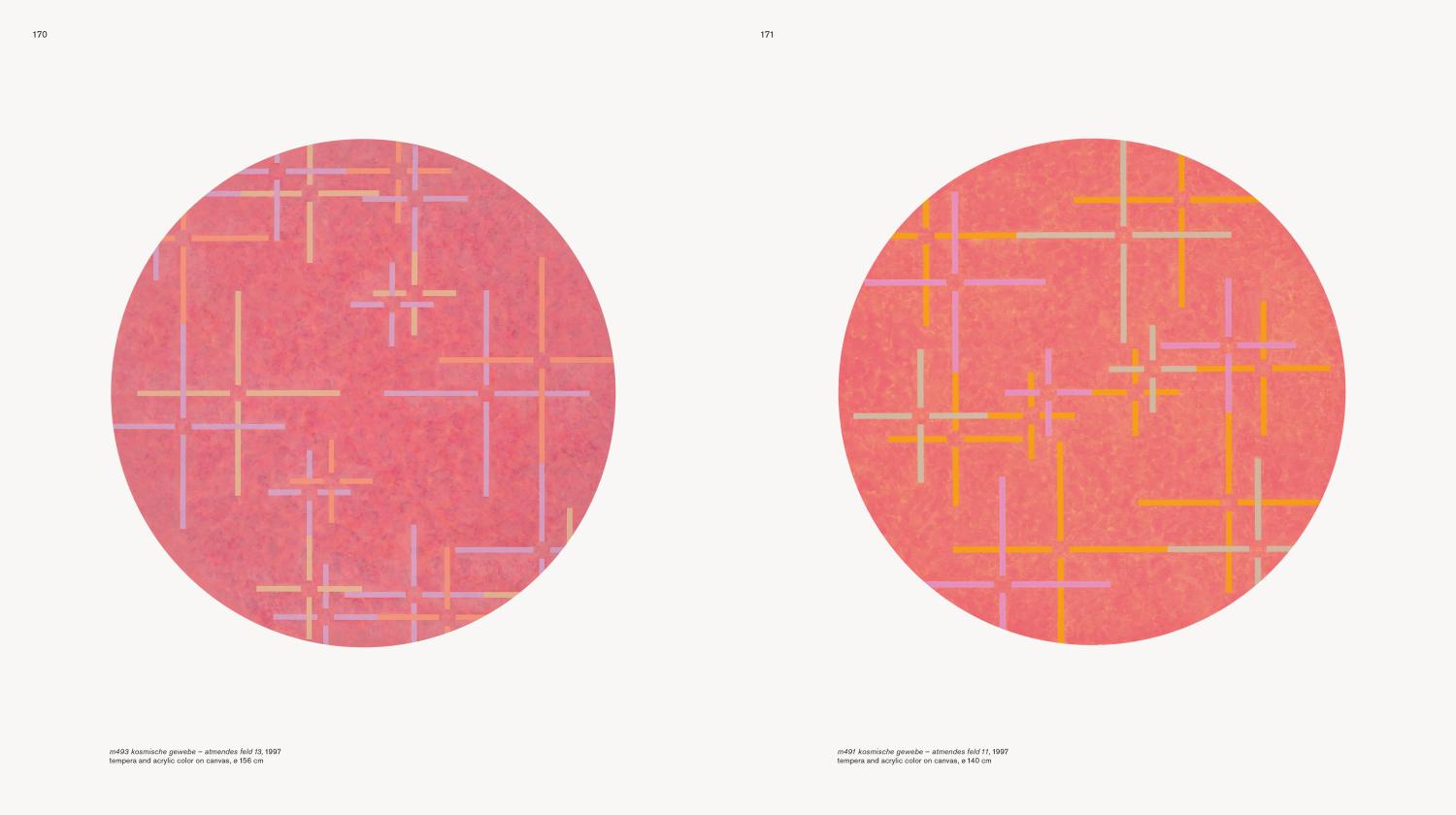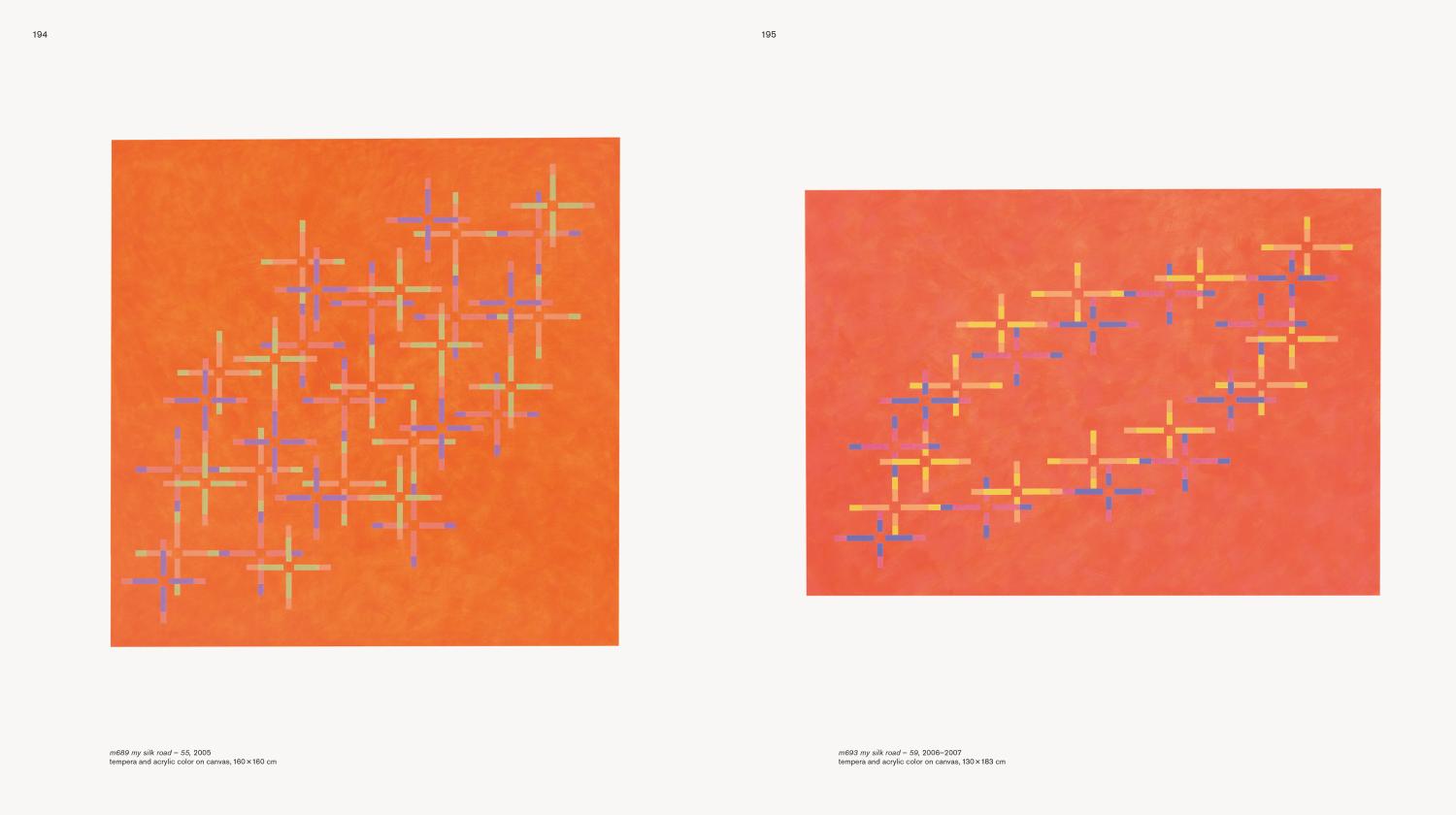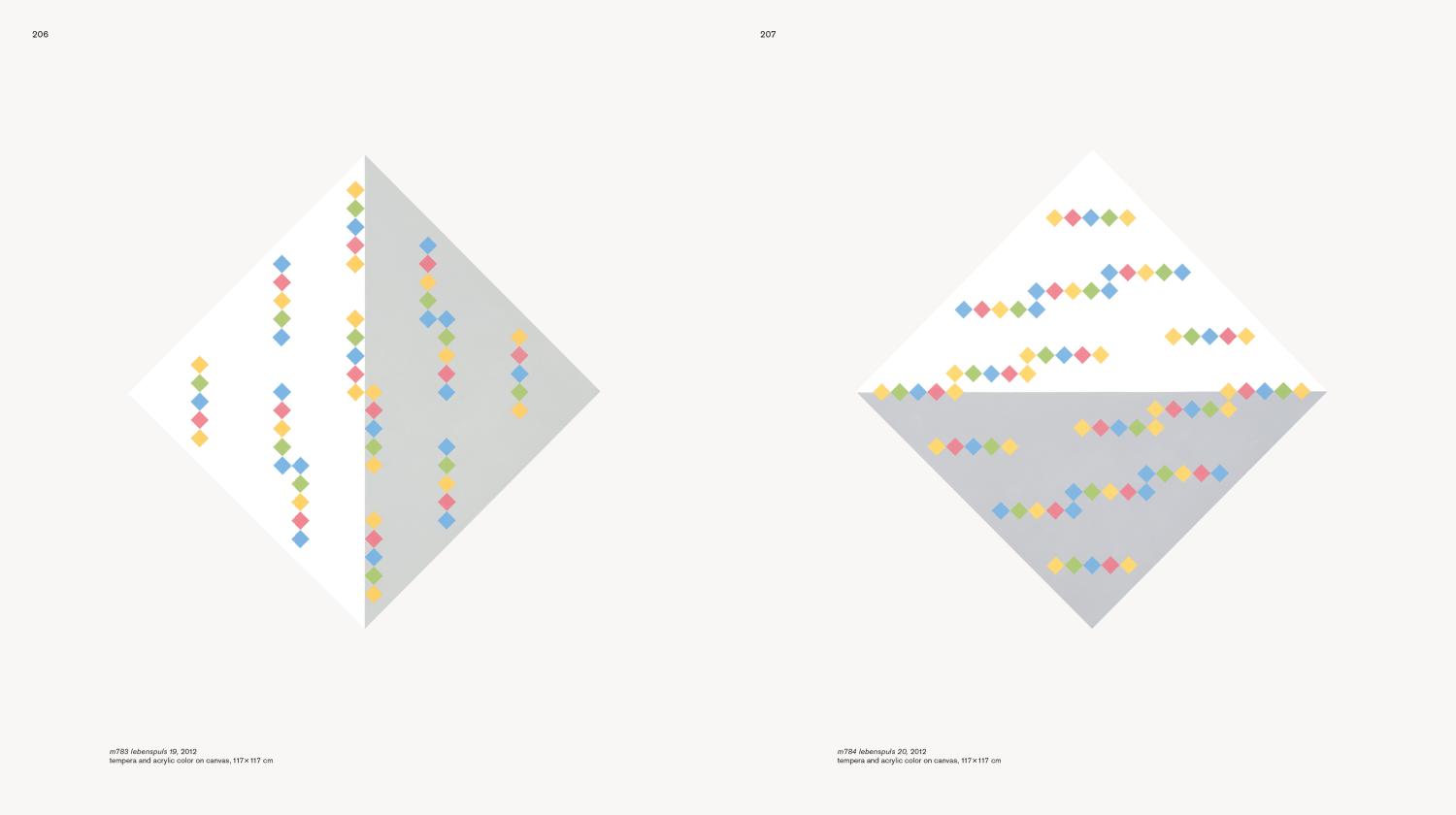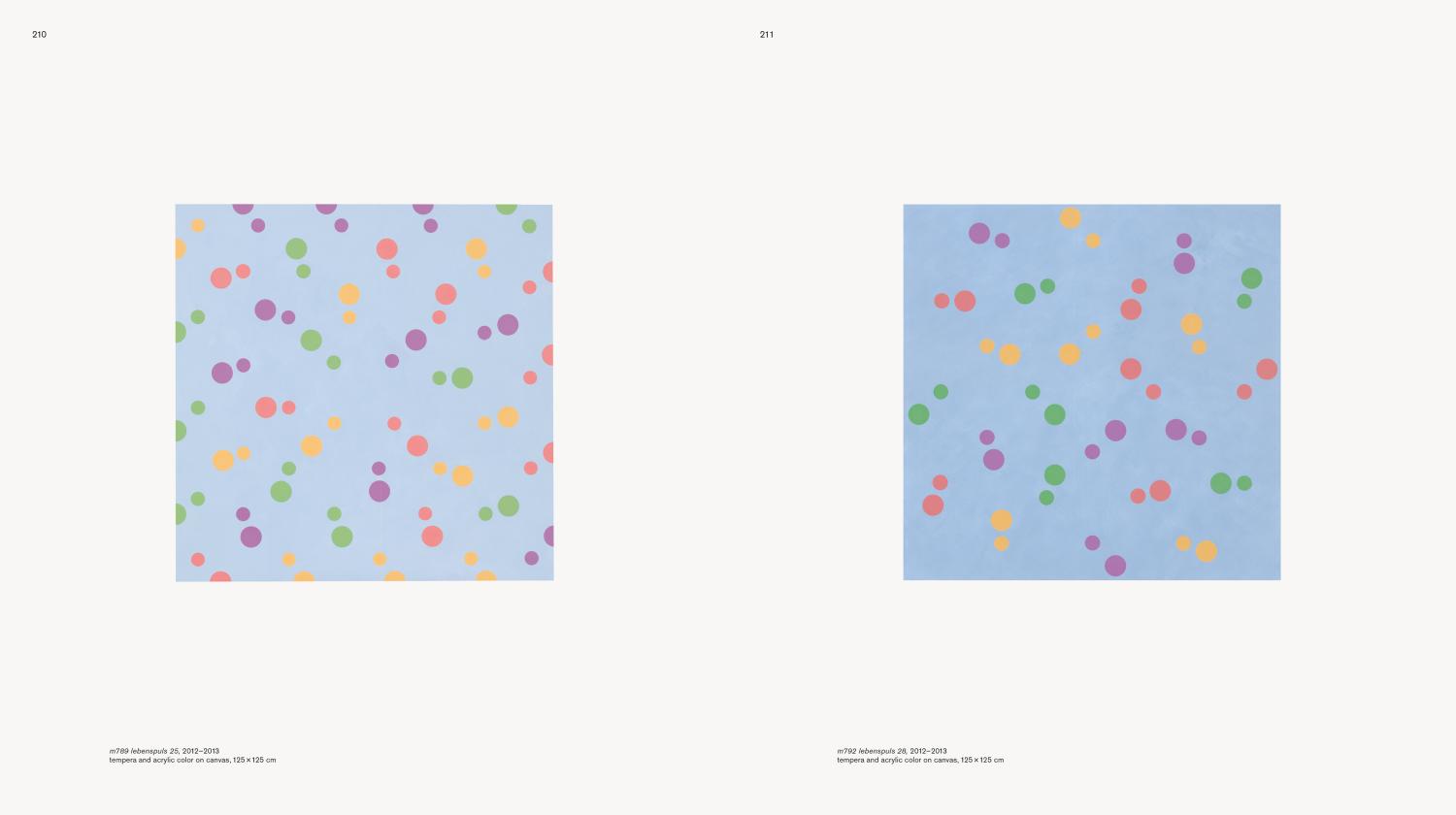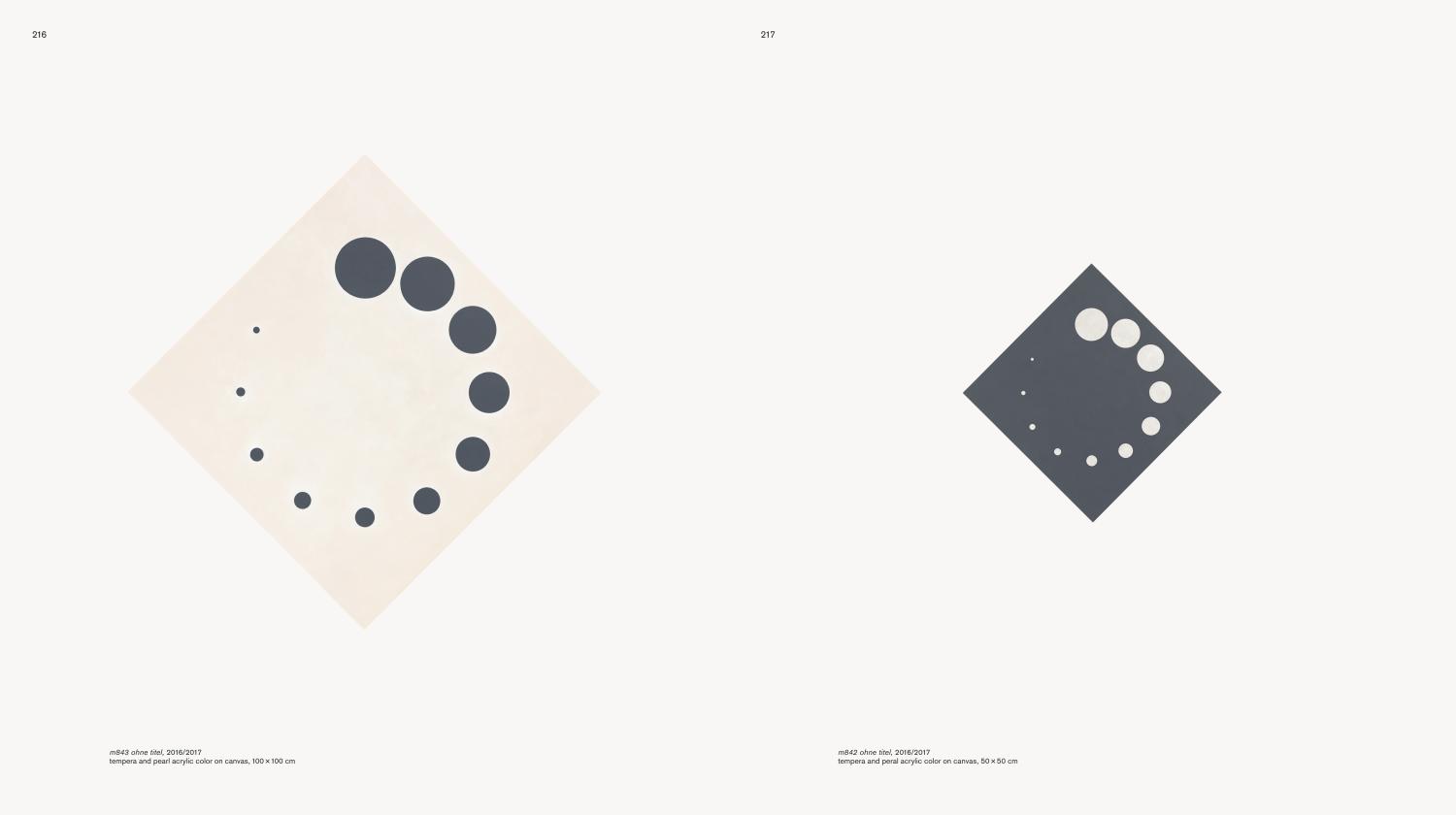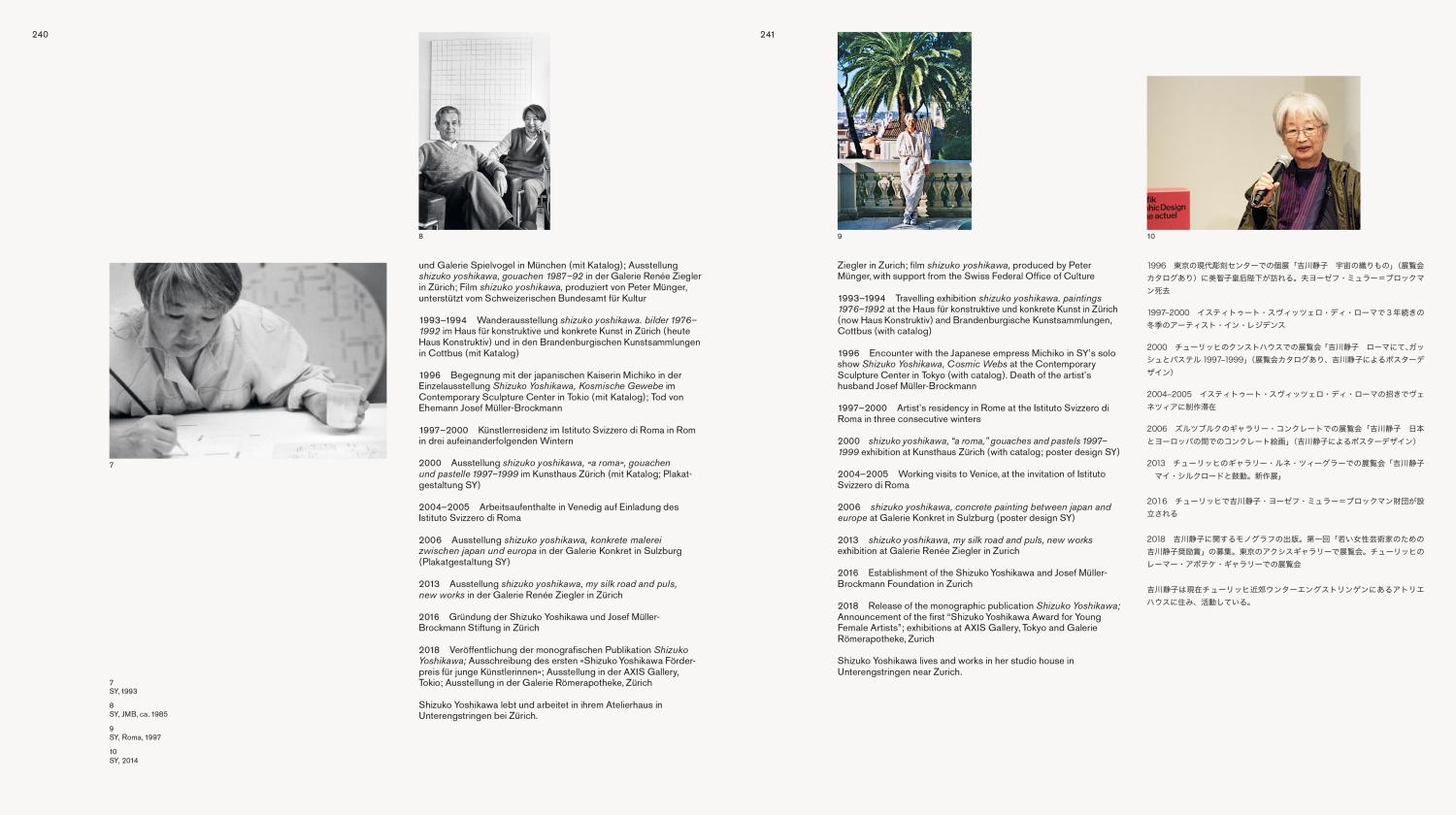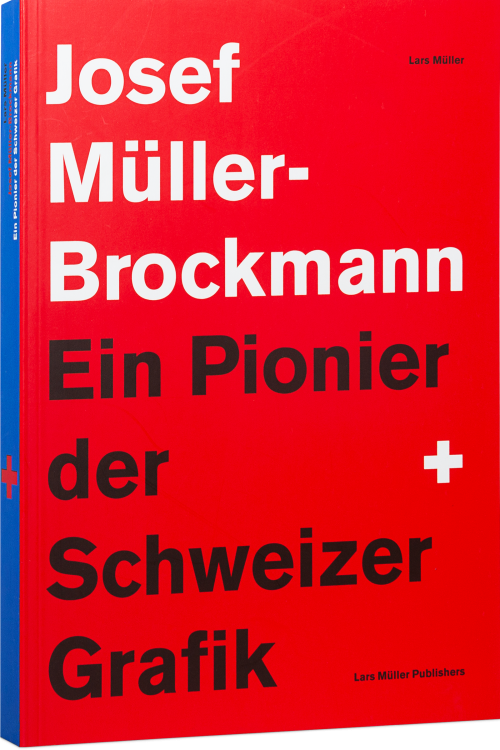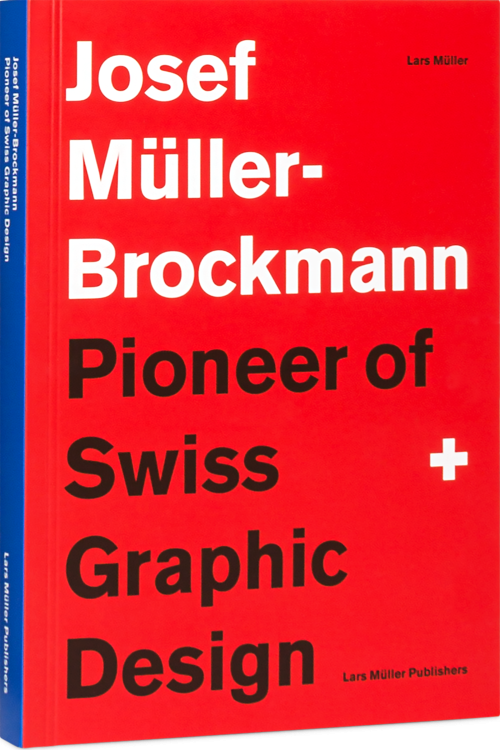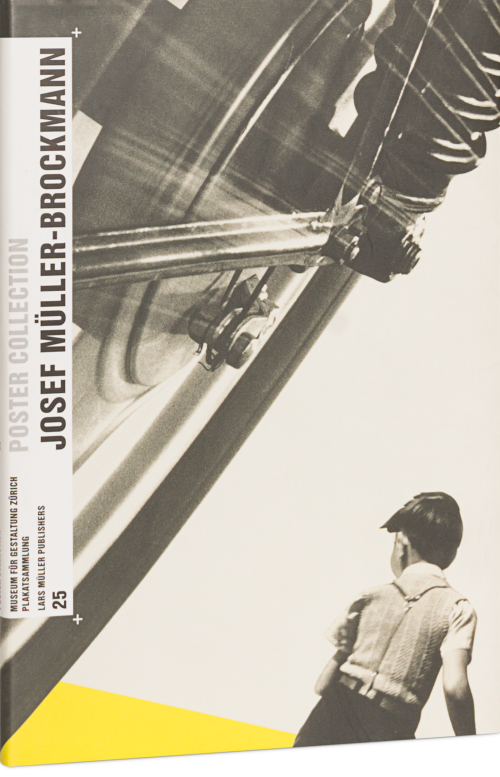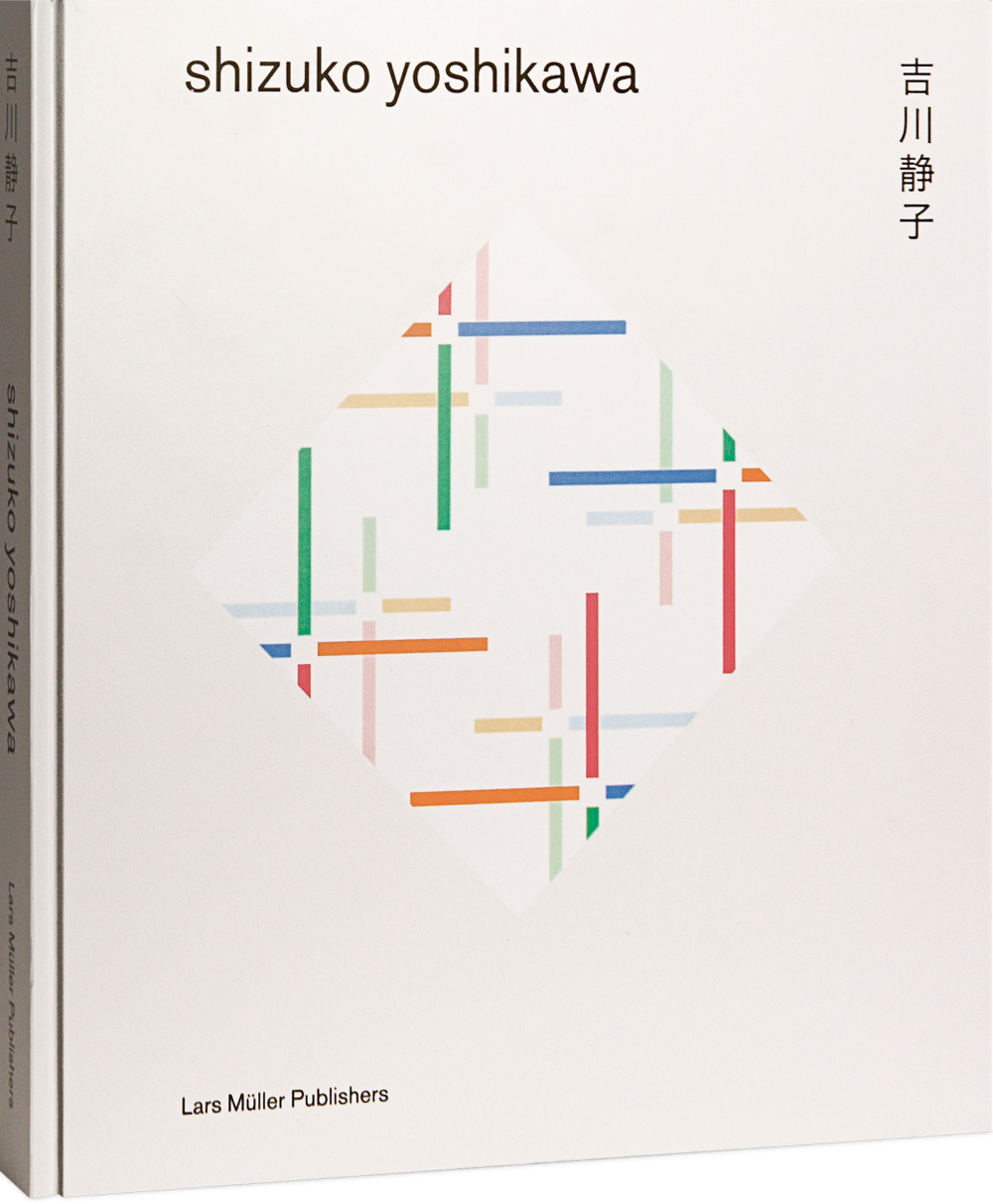
Shizuko Yoshikawa
This publication is the first monograph on the Japanese-born, constructive-concrete artist Shizuko Yoshikawa (1934–2019). Her work combines the rational concepts of European modern art with the poetry and ease of the intuitional Japanese Zen tradition. As a member of the second generation of constructive-concrete art, she takes a special position due to her Japanese origins and education.
Shizuko Yoshikawa was one of the first and few Japanese students at the Ulm Hochschule für Gestaltung known as the postwar “Bauhaus.” She later married the renowned designer Josef Müller-Brockmann (1914–1996), a pioneer of Swiss graphic design, and spent most of her life living and working in Switzerland.
This book, initiated by the Shizuko Yoshikawa and Josef Müller-Brockmann Foundation, contains a major essay by art historian Gabrielle Schaad and a contribution by Prof. Midori Yoshimoto, highlighting the life of the artist and interpreting her oeuvre in the Japanese context.
This publication is the first monograph on the Japanese-born, constructive-concrete artist Shizuko Yoshikawa (1934–2019). Her work combines the rational concepts of European modern art with the poetry and ease of the intuitional Japanese Zen tradition. As a member of the second generation of constructive-concrete art, she takes a special position due to her Japanese origins and education.
Shizuko Yoshikawa was one of the first and few Japanese students at the Ulm Hochschule für Gestaltung known as the postwar “Bauhaus.” She later married the renowned designer Josef Müller-Brockmann (1914–1996), a pioneer of Swiss graphic design, and spent most of her life living and working in Switzerland.
This book, initiated by the Shizuko Yoshikawa and Josef Müller-Brockmann Foundation, contains a major essay by art historian Gabrielle Schaad and a contribution by Prof. Midori Yoshimoto, highlighting the life of the artist and interpreting her oeuvre in the Japanese context.
